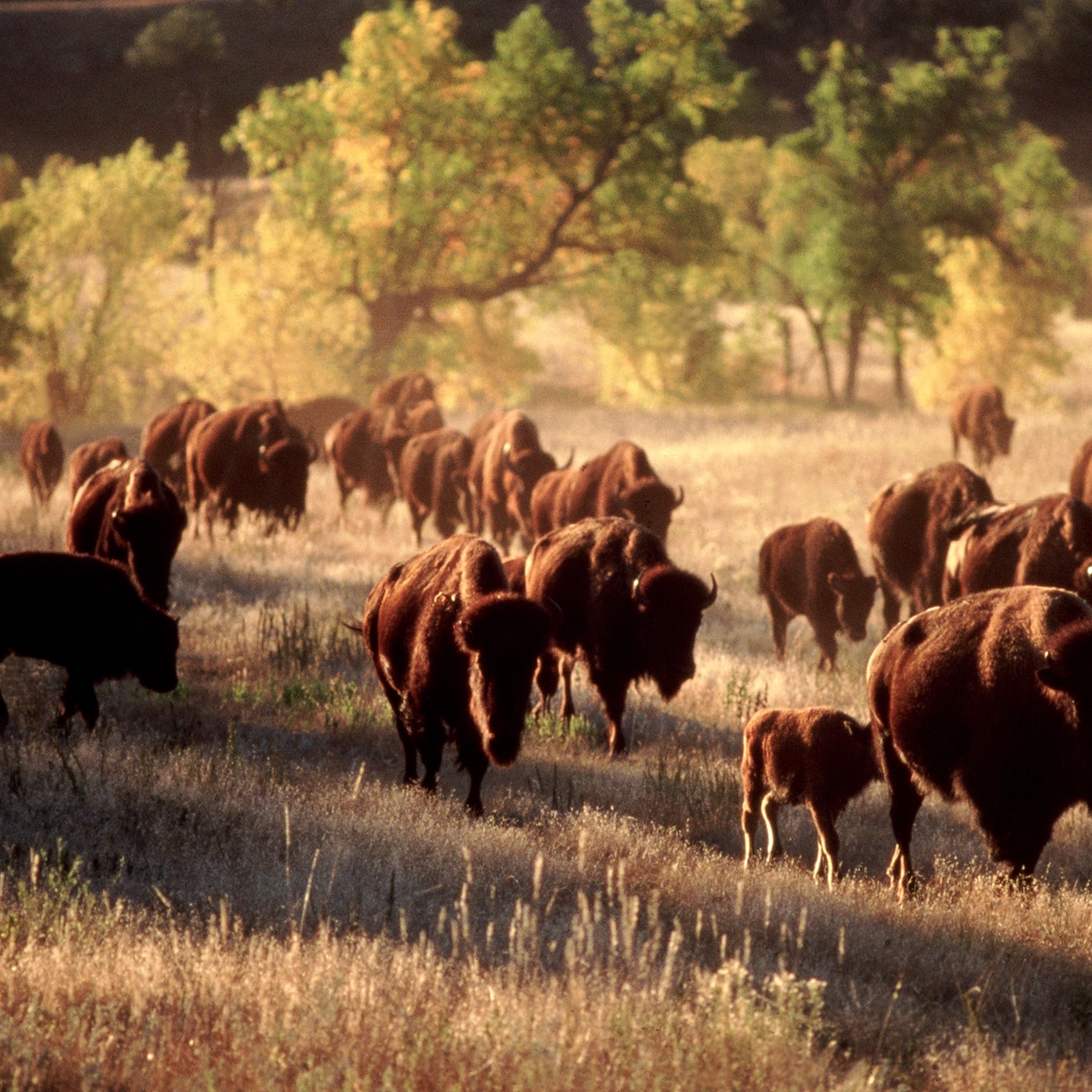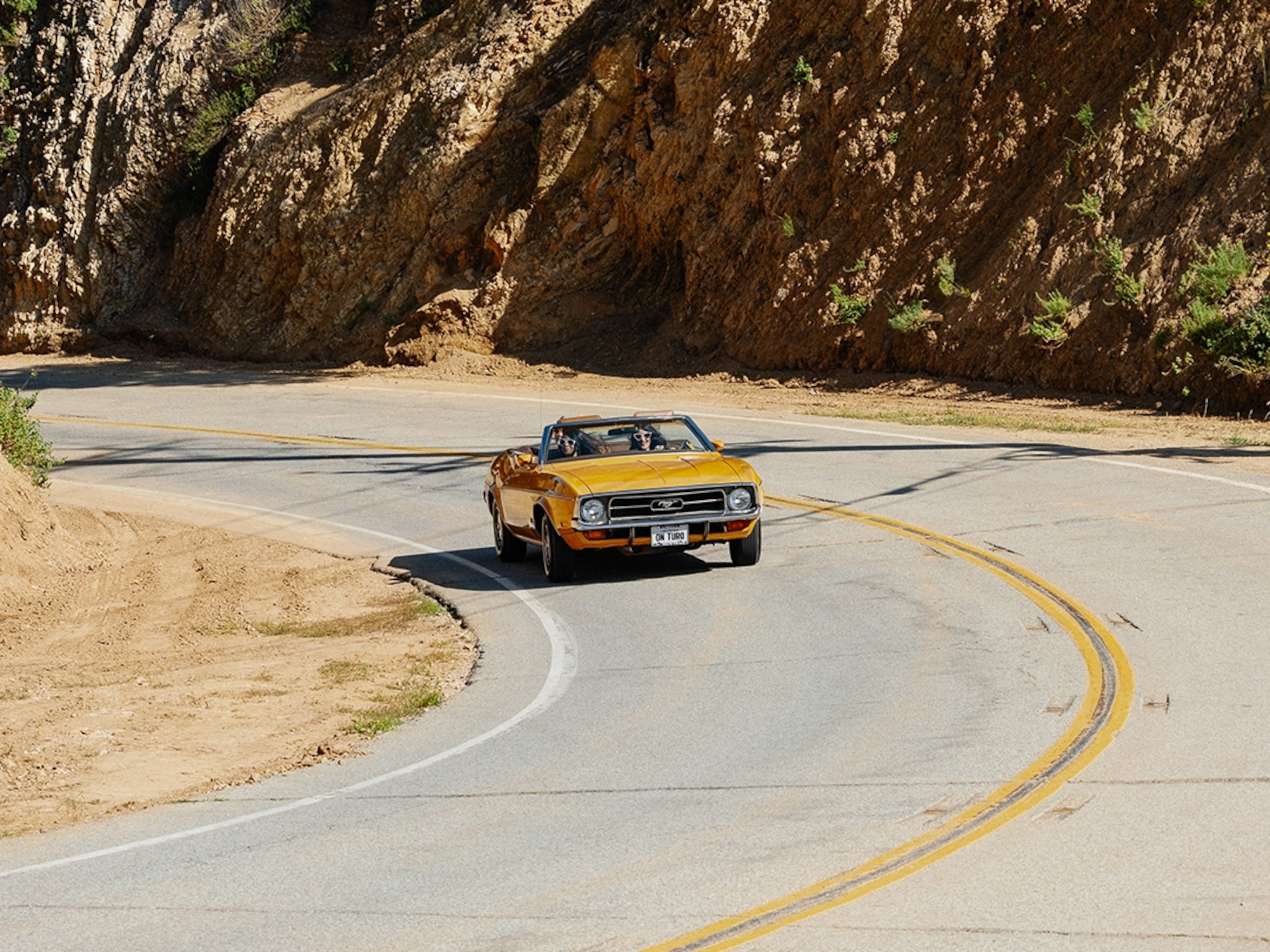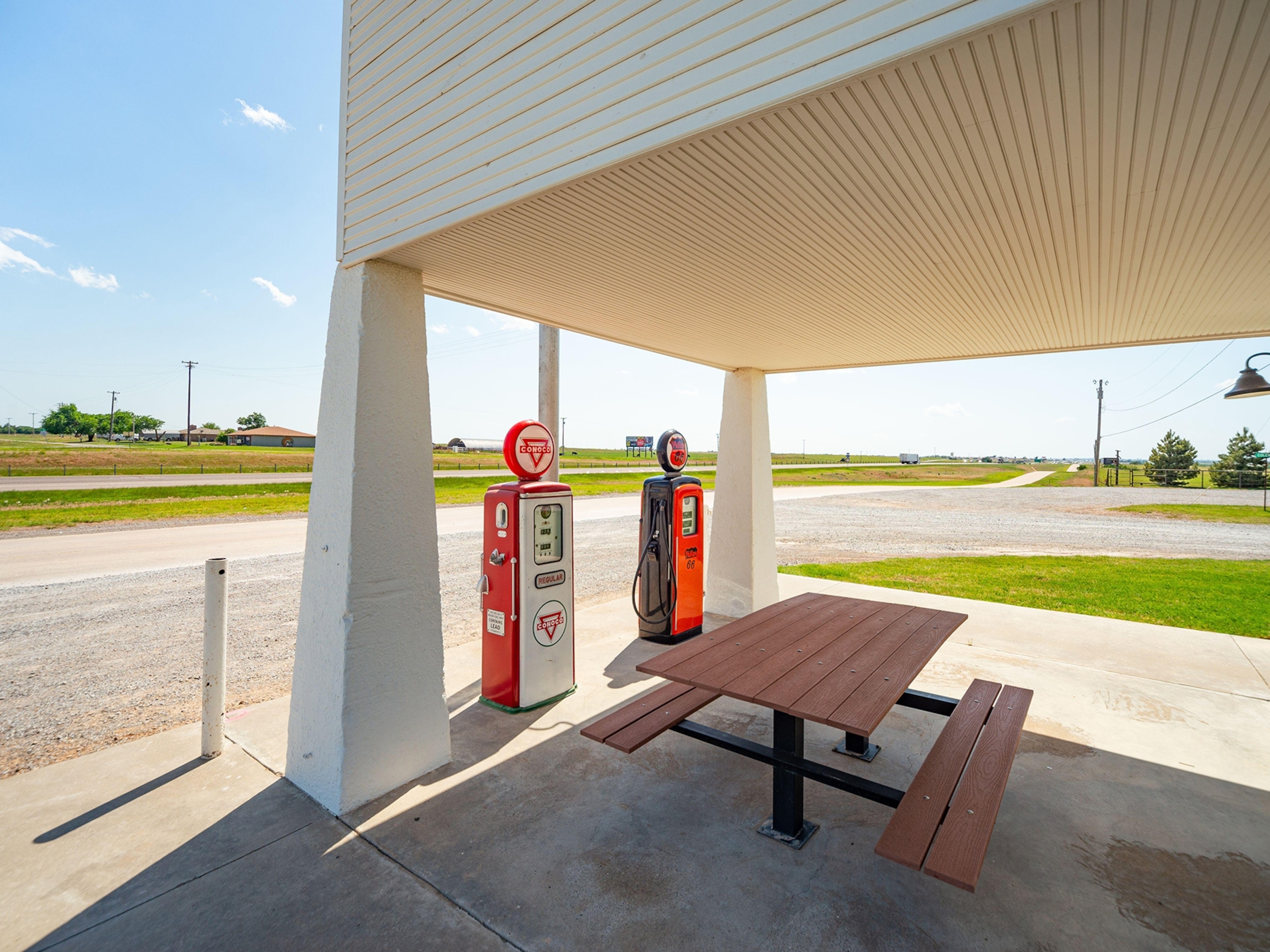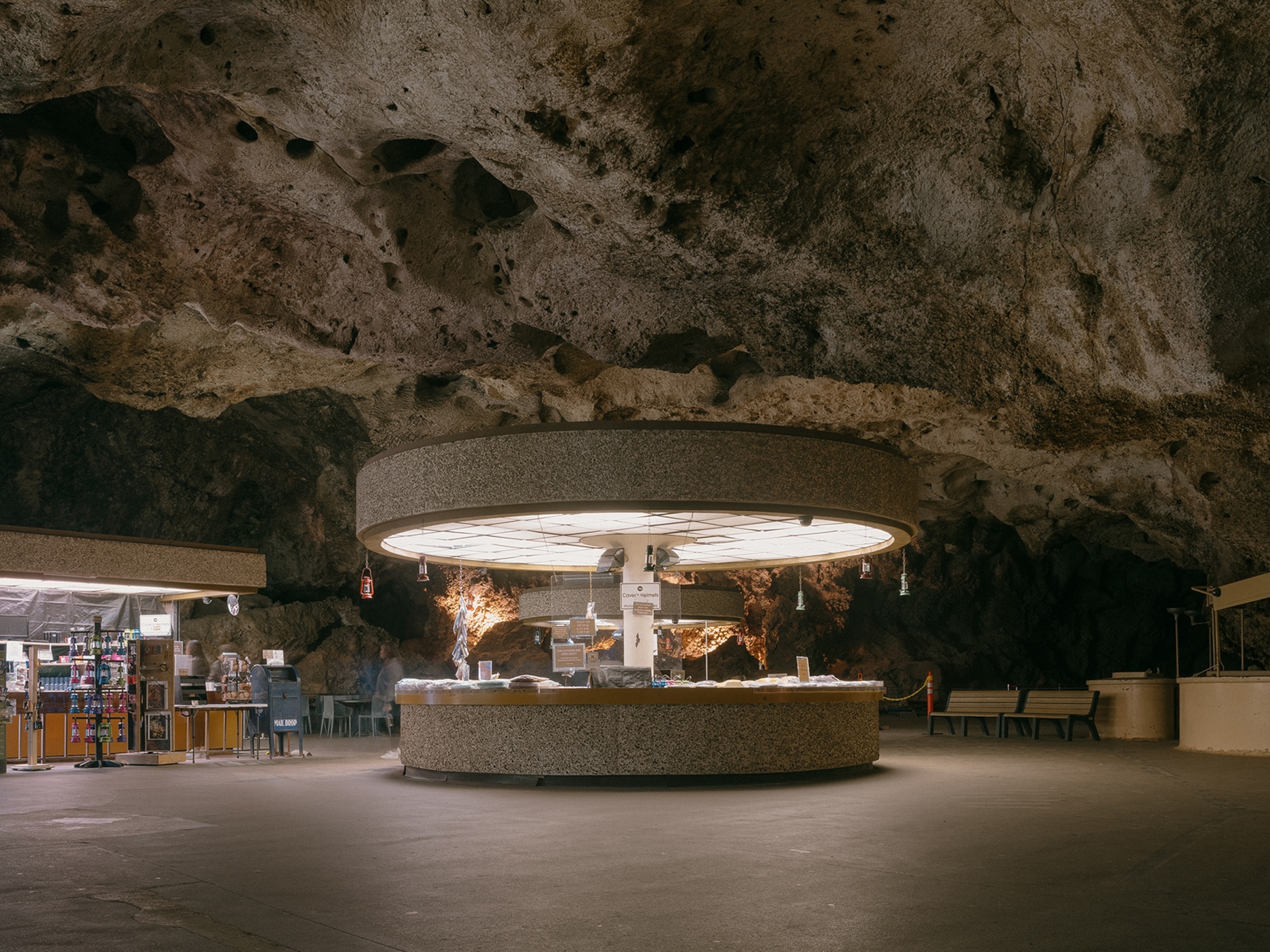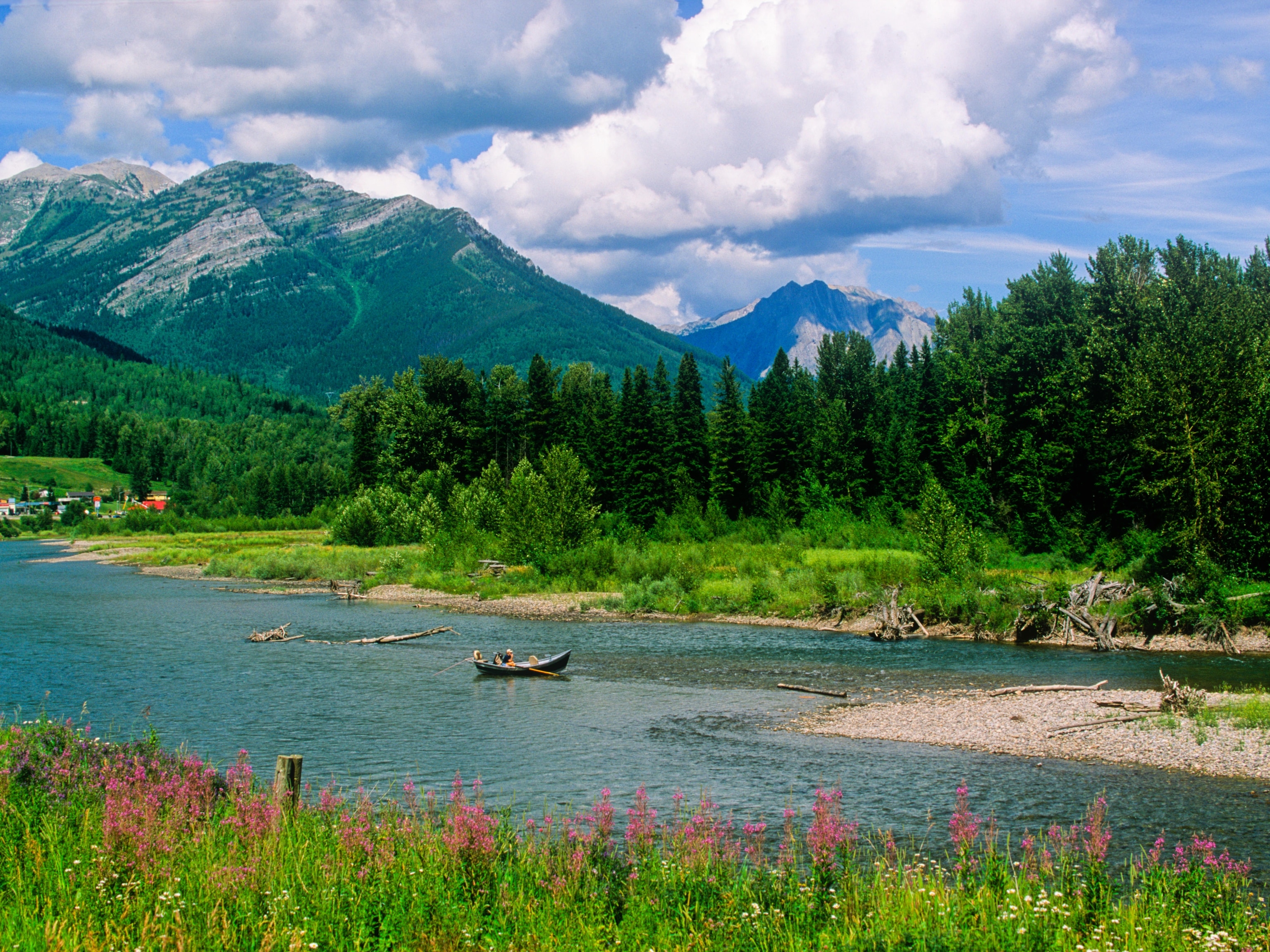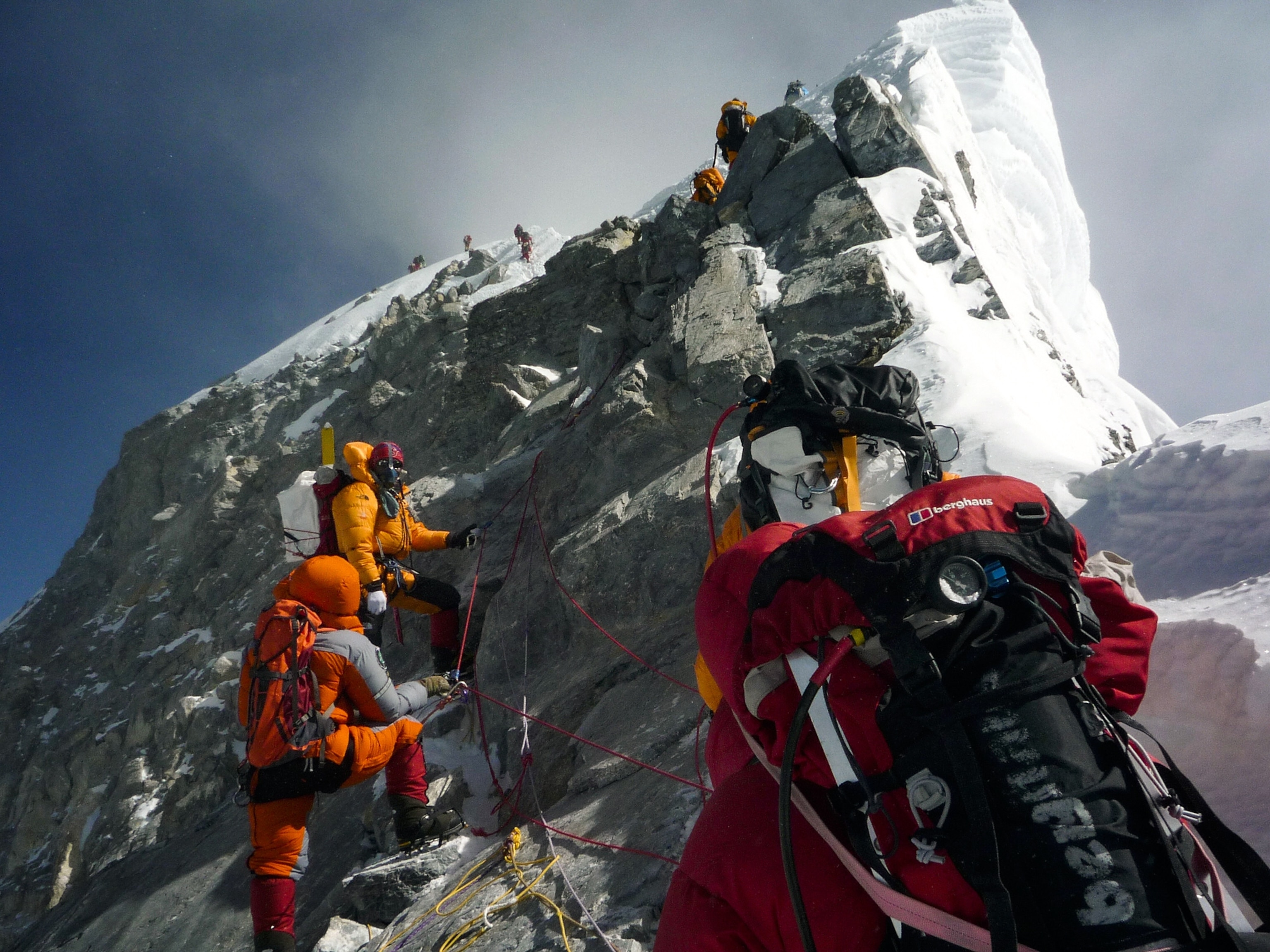
In Wake of Everest Deaths, Another "Traffic Jam" Possible
At the top of the world, delays can be deadly.
Just days after four people died on Mount Everest during a rush by climbers to take advantage of favorable weather, experts say a similar "traffic jam" scenario could play out this weekend.
The 4 climbers were among approximately 200 to 300 who summited the world's tallest mountain this past weekend during the first of only two summit windows available this season—each just two or three days long.
"Normally the summit bids might get spread out over a number of days, but what happened this year is the weather was bad"—too little snow, for example, left too much slippery ice exposed—"so teams that might have normally climbed earlier didn't go," said Eric Simonson, Himalaya-program director at the Washington State-based travel service International Mountain Guides (IMG), which arranges Everest climbs.
Having a large number of people attempting to summit simultaneously inevitably leads to delays, which on Everest can be deadly.
"Whoever's the slowest up at the front will hold up everybody," said veteran climber Ed Viesturs, speaking from Idaho.
"By the time some people get to the top, they're pretty wiped out, and they've probably climbed for longer than they planned, and they've used a lot of the oxygen they depend on for the way down," added Viesturs, who has summited Everest seven times.

According to the Associated Press, Ha Wenyi of China, Eberhard Schaaf of Germany, Nepali-born Canadian Shriya Shah, and South Korean Song Won-bin died during their descents from the summit, apparently of complications from exhaustion and altitude sickness.
"Since we were unable to talk to or examine any of the deceased, we only have information from bystanders or teammates that suggest that high altitude cerebral edema"—or HACE, a buildup of fluid in the brain—"was likely a factor in several of the deaths," said Luanne Freer, a doctor with the Himalayan Rescue Association.
HACE is deadly in and of itself, but before death it can also cause diminished mental functioning, which can lead to bad judgment, Freer explained in an email. Another symptom is ataxia, characterized by extreme clumsiness and a lack of balance.
Go Early, Then "Get the Hell Out of There"
National Geographic magazine writer Mark Jenkins, calling from Everest, estimated Wednesday that about 100 to 150 climbers would summit this Friday and Saturday, the last summit window of the Everest climbing season. IMG's Simonson puts the number at closer to 200.
"It'll be another big weekend," Simonson said. "There'll be a number of teams that didn't go with the first wave," which he's concerned could lead to dangerous conditions again. He added that the recent deaths will be fresh in climbers' minds, spurring them to be more careful.
Eleven climbers and 11 Sherpas summited the 29,035-foot (8,850-meter) mountain with IMG last weekend, and all made it back safely. Simonson said the key was beating the rush.
"Our team left at eight o'clock on the previous evening, and we had our first people summiting before 5 a.m. Even the slowest climbers were on top by 10 a.m.," he said.
"It sounds like some of those who got into trouble were pretty late," Simonson added.
"Some were at the summit as late as two or three in the afternoon. By that time of day there're not too many people up there. So if you have a problem, there's no one to help you. And the daylight is waning pretty quick."
IMG will have another group summiting this weekend—and a similar plan of attack. "They'll leave early, try to get to the summit early, and get the hell out of there," Simonson said.
(Also see: Everest 2012 on the National Geographic adventure blog.)
Still Set on Summiting
Freer, the doctor, said that while the mood at Everest Base Camp (17,600 feet/5,364 meters) has been somber since the deaths, it appears that most climbers are still set on summiting.
"Everyone reevaluates their risk when something like this happens," she said, "but many are already on their way up to try to catch the next summit window of predicted calm weather."
Among the groups already heading up is a joint National Geographic-North Face team that is commemorating the 50th anniversary of the first U.S. ascent of Mount Everest.
"As of the latest info this morning, the team plans to attempt to summit on the 25th," Rebecca Martin, who heads the Expeditions Council at the National Geographic Society, said in a statement. (National Geographic News is a division of the Society.)
Veteran U.S. climber Conrad Anker will lead the six-member team to the top of Everest using the popular Southeast Ridge route, the site of last weekend's fatalities.
Anker was initially scheduled to summit via the mountain's rarely climbed West Ridge, but that plan was canceled after his partner, National Geographic photographer Cory Richards, fell ill and after Anker deemed conditions on the West Ridge too dangerous.
"The West Ridge is over for this season. The conditions will not heal in the time window we have," Anker wrote in an email from Everest.
National Geographic magazine senior editor Peter Miller said he thinks the team will be in good hands this weekend with Anker.
"Conrad always puts safety first and, just as important, he has enough experience to know when situations cross the line," Miller said from his Washington, D.C., office. "This is something veteran alpinists like Conrad live by: The mountain dictates the terms, and you need to listen carefully."
The Expedition Council's Martin added, "The team has taken great care to acclimatize over the past couple of months, and the weather window is actually looking better," with calmer winds expected, compared with last weekend.
From Everest Base Camp, National Geographic young explorer Max Lowe, who isn't climbing, added that he expects there will be "slight crowding" at the summit. But, he said, "our team is composed entirely of athletes and so should be able to get a good lead on the larger groups of guided clients."
The team, he said "is not planning on doing much different because of the deaths, beyond each individual having a heightened sense of self-awareness to make sure they follow all the high-altitude rules of thumb to a tee."
Concerns and Solutions
Despite the anticipated traffic on Everest this weekend, Nepali officials, who issue Everest climbing permits, said they wouldn't turn any climbers away.
"The climbers have received the permits to climb within specific dates. We cannot say who gets to get to the summit on which dates because of the unpredictable weather. When weather clears up, they all want to benefit," Nepal's Tourism Ministry spokesman, Bal Krishna Ghimire, told the AP.
However, in the wake of the recent deaths, Freer said, "We have heard expedition leaders and government officials talking about their concerns about crowding and potential solutions for future years."
"We're pretty happy to hear people at least discussing potential solutions."
For the latest National Geographic Everest-expedition updates, see Field Test >>

